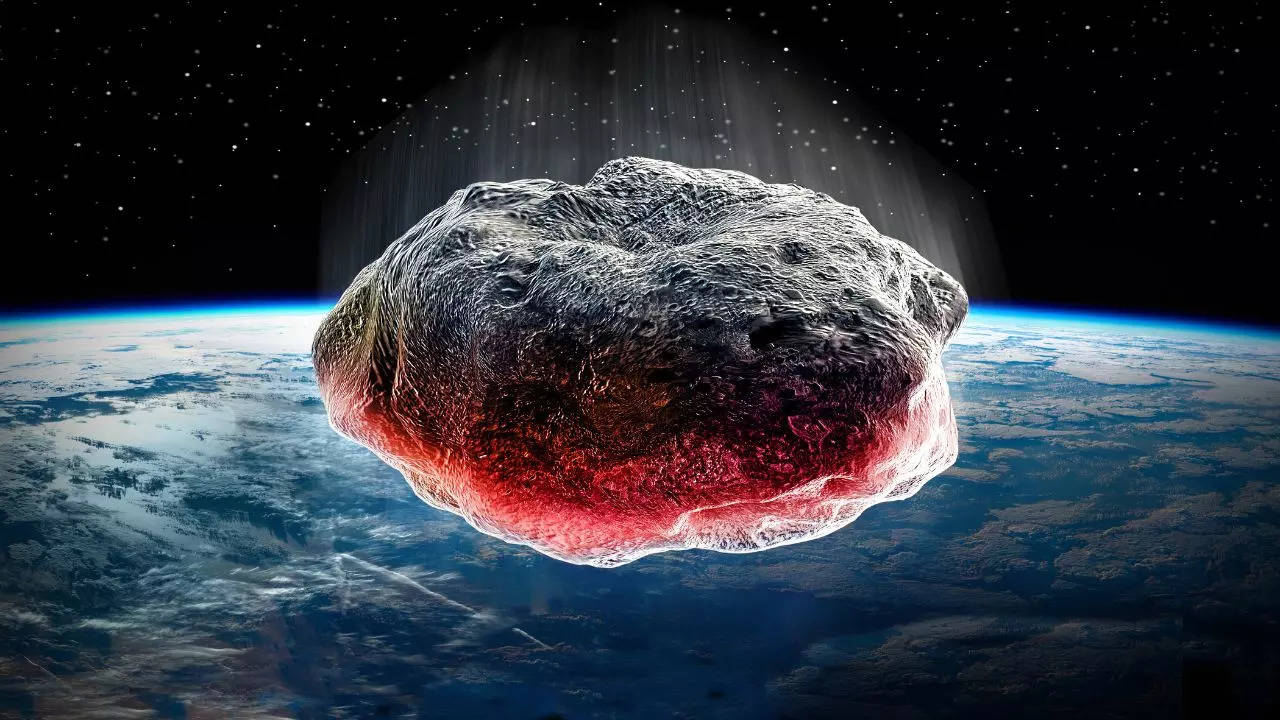The asteroid’s approach is a reminder of the compelling nature of our solar system, where celestial bodies are constantly in motion. 2024 LJ’s journey through space is particularly notable due to its size and proximity to Earth during this flyby. While the term “alarmingly close” is relative in the vast expanses of space, any large object passing near Earth warrants careful observation.
Representative image
NASA’s vigilant eye on near-Earth objects (NEOs) like 2024 LJ is part of a broader effort to understand and track these celestial wanderers. The agency’s Planetary Defense Coordination Office (PDCO) is tasked with identifying potentially hazardous asteroids and comets that come within 30 million miles of Earth’s orbit. 2024 LJ falls into this category, not because it poses an immediate threat, but because its path brings it close enough to warrant attention.
The speed at which 2024 LJ is traveling is nothing short of astonishing. To put it into perspective, this speed is more than 80 times faster than the speed of sound, which travels at about 767 miles per hour. This rapid pace means that 2024 LJ will traverse the distance equivalent to the circumference of the Earth in just over an hour.
Despite the impressive statistics associated with 2024 LJ, NASA assures that there is no cause for alarm. The asteroid will pass by Earth at a safe distance, posing no risk of impact. This event provides a unique opportunity for scientists to study the asteroid’s composition, trajectory, and other characteristics, which can offer insights into the origins and evolution of our solar system.
The close approach of 2024 LJ is also proof of human ingenuity and our quest to understand the universe. Telescopes, both ground-based and in space, along with other sophisticated tracking equipment, allow us to detect and monitor objects like 2024 LJ with remarkable precision. These technological advancements have significantly improved our ability to predict the paths of NEOs and take necessary precautions should a potential impact threat be identified.
As 2024 LJ makes its passage near Earth, it joins the ranks of other known NEOs that have captured the attention of the scientific community and the public. While the vast majority of these objects pass by without incident, each one provides valuable data that enhances our understanding of these roaming fragments of rock and ice.

Dr. Thomas Hughes is a UK-based scientist and science communicator who makes complex topics accessible to readers. His articles explore breakthroughs in various scientific disciplines, from space exploration to cutting-edge research.








